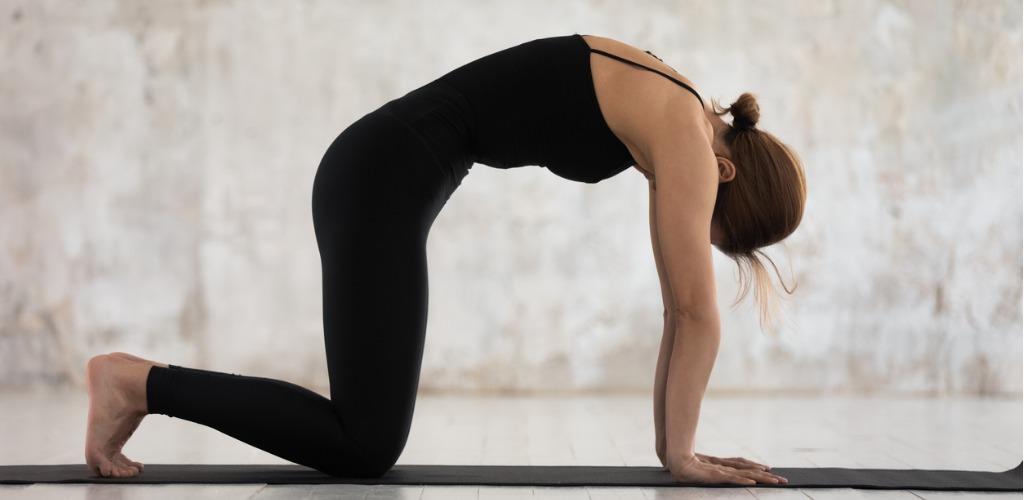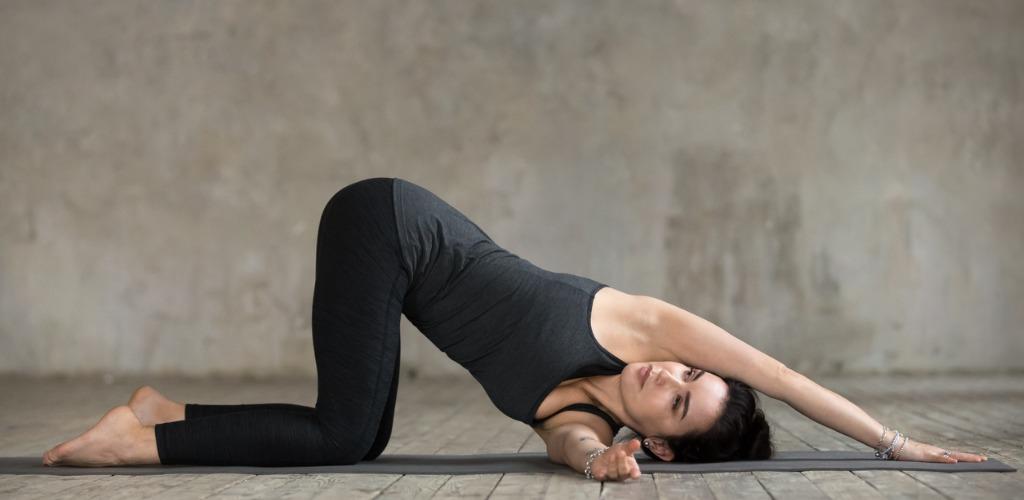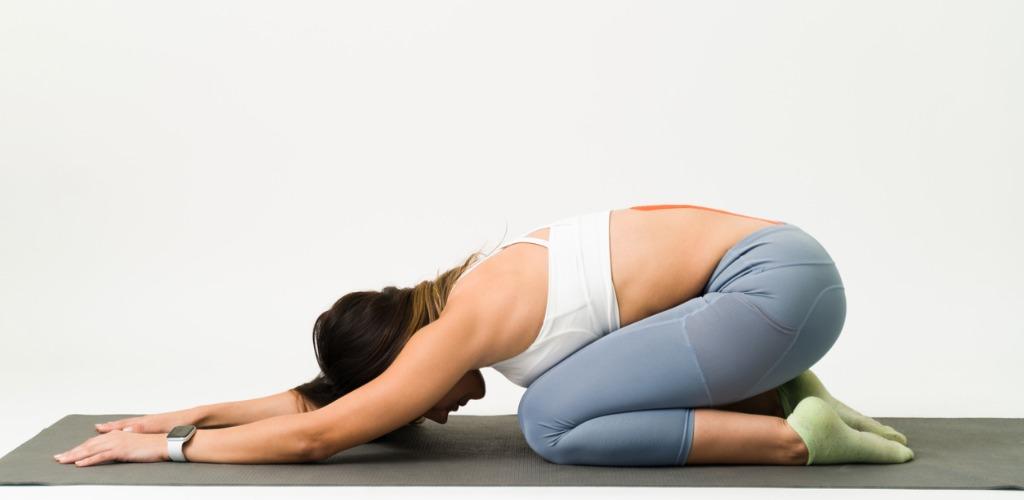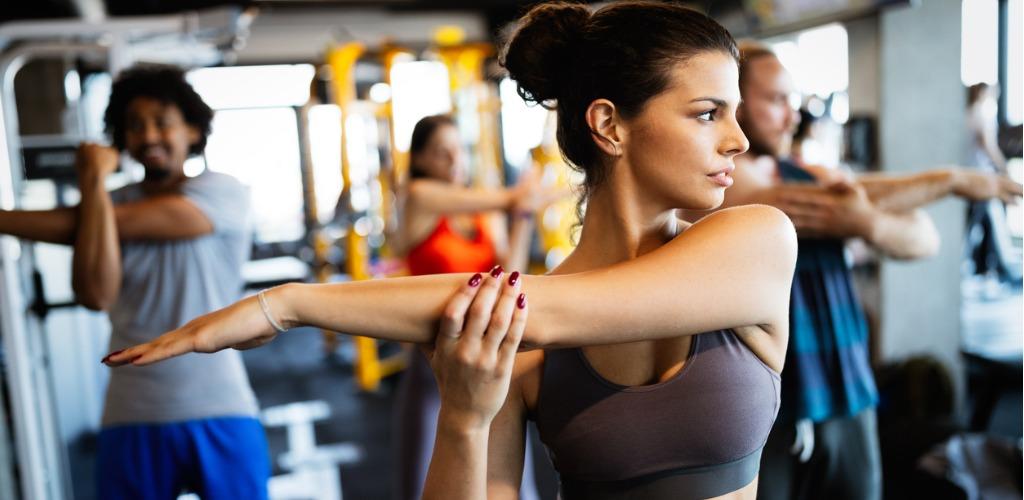How to Help Tight Shoulders

How to Help Tight Shoulders
From sitting at a desk all day to lifting weights improperly, anyone may experience tight shoulders. Tight shoulders are a common complaint and can have a significant impact on a person’s quality of life. Fortunately, there are several ways that you can relieve tension and help loosen tight shoulders.
What Causes Tight Shoulders?
The first step to helping your tight shoulders is understanding the reason for your pain. Tight shoulders may develop for a variety of reasons, including:
Poor Posture
When we stand or sit with our shoulders hunched forward out of proper alignment for hours at a time, it considerably strains the muscles and tendons in that region. As a result, the shoulders can become tense and fatigued.
Stress
The neck and shoulders are the most common areas where you may experience stress or anxiety-induced tightness. When the body experiences stress or anxiety, your muscles automatically contract as part of its “fight or flight” response. Although this response is intended to help us survive physical danger, it often occurs throughout our daily life, sometimes due to a fight with a loved one, pressure at work, or financial problems. If left untreated, this tightness may lead to chronic pain.
Past Injuries
Due to the complexity of the shoulders, they are highly susceptible to numerous conditions and injuries, including labral tears, tendonitis, rotator cuff tears, bursitis, and more. If you’ve ever suffered a past shoulder injury, you may begin experiencing tight shoulders. One reason why tightness occurs is due to scar tissue formation, which can restrict the shoulder’s range of motion.
4 Exercises to Help Loosen Tight Shoulders
The best way to help tight shoulders and alleviate tension is to regularly stretch the muscles in your shoulder and neck. Here are four stretches that may effectively loosen your tight shoulders:
1. Cat-cow Pose

The cat-cow exercise is a yoga pose that can help release tensions in the neck and shoulders. To complete the cat-cow pose:
- Start on all fours with your hands directly below your shoulders and your knees below your hips.
- As you inhale, arch your back and look up towards the ceiling.
- As you exhale, round your back and tuck your chin towards your chest.
- Repeat this sequence at least ten times.
2. Thread the Needle

The thread the needle pose is another effective exercise at easing tight shoulders. To perform this pose:
- Start on all fours on your hands and knees.
- Lift your right arm to the sky and look upwards, opening your chest.
- Move your right arm under your chest towards the ground and continue to slide your arm until your right shoulder reaches the mat.
- As you lay here, extend your left arm overhead so that your hand touches the ground.
- Hold the pose for 30 seconds and then repeat with the other arm.
3. Child’s Pose

One of the staples in any yoga routine, child’s pose is a restorative exercise that extends the muscles in the arms and back. To complete child’s pose:
- Start on all fours on your hands and knees.
- As you exhale, slowly lower your buttocks towards your heels.
- Stretch your arms out in front of you.
- Hold for at least one minute.
4. Cross-body Shoulder Stretch

The cross-body shoulder stretch can help lengthen the muscles in the back of the shoulder, relieving any tightness. To do this stretch:
- Stand with your feet hip-width apart and your arms at your sides.
- Reach your left arm across your body and grab hold of your left elbow with your right hand.
- Gently pull your left elbow towards your chest until you feel a stretch in your left shoulder.
- Hold for 30 seconds and then switch sides.
Get Treatment for Tight Shoulders at Motion Orthopaedics
If your shoulder pain and tightness persist, it may be time to seek professional help. At Motion Orthopaedics, we offer comprehensive sports medicine and orthopedic services to help treat a range of painful conditions. Book an appointment today to start improving your shoulder mobility.




